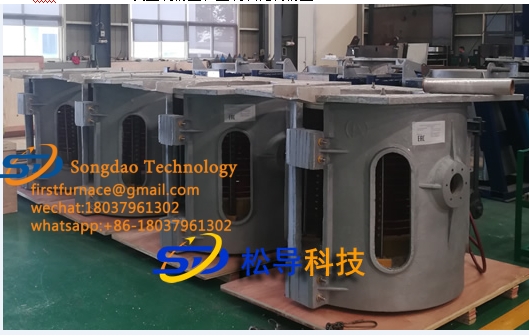- 20
- Nov
How to deal with the sticky slag of the inner lining of the induction furnace
How to deal with the sticky slag of the inner lining of the induction furnace
It is inevitable that the furnace wall lining sticks slag during the use of the induction furnace. Under normal circumstances, the induction furnace wall lining sticks slag often accumulates at the working induction coil position in the upper section of the furnace wall. First of all, we must understand the reasons for sticking slag to better solve the sticking slag situation:
1. Ładuj czystość
Ponieważ tlenki i zanieczyszczenia niemetaliczne są trudne do rozpuszczenia w stopionym metalu, zwykle są one zawieszone w postaci emulsji. Gdy piec indukcyjny pracuje, indukowany prąd wytworzy wielką siłę mieszania na stopiony metal, a zawieszone w nim cząstki żużla będą stopniowo rosnąć pod wpływem tak silnego mieszania, a siła wyporu będzie stopniowo wzrastać. Gdy siła wyporu jest większa niż siła mieszania, wyrośnięte cząstki żużla będą unosić się i wchodzić do stopionej powierzchniowej warstwy żużla.
2. Strong stirring
The slag particles will gradually approach the furnace wall under the action of strong stirring and centrifugal force. When the hot slag contacts the furnace lining, the temperature of the furnace lining is relatively low, and the melting point of the slag is relatively high. When the temperature of the furnace lining is lower than the solidification temperature of the slag, the slag will adhere to the furnace lining and condense into a solid state, causing the furnace wall to stick to the slag.
3. Temperatura topnienia żużla
The higher the melting point of the slag, that is, the higher the solidification temperature, the easier it is to be cooled by the lining and form sticky slag. By using the slag modifier, the formation mechanism of high melting point slag is destroyed, and slag with a lower melting point is obtained, which can fundamentally solve the problem of slag sticking in the furnace lining.

